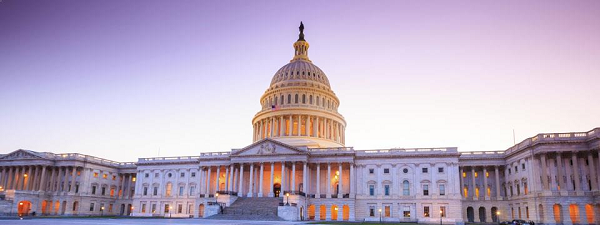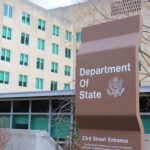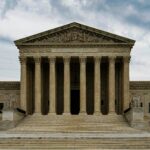The “Protecting the Nation from Foreign Terrorist Entry into the United States” Executive Order has once again been modified. From its original far-reaching, chaotic launch on January 26, to its initial limited injunctions, to its nationwide stay, withdrawal and replacement, to more injunctions, and now the Supreme Court added another twist when it granted certiorari on Monday.
The Court will hear the merits of the case when it reconvenes in the fall, but in the meantime, the Court partially lifted the injunction on enforcement of the ban by allowing the government to ban U.S. travel by those nationals of Iran, Libya, Somalia, Sudan, Syria and Yemen who do not have a credible claim of a bona fide relationship with a person or entity in the U.S.
The Court stated that denying entry to “foreign nationals abroad who have no connection to the United States…does not burden any American party.” But just because a visitor doesn’t have a personal relationship with an American resident or entity does not mean that person has no connection. By limiting the injunction to those who are able to document a formal and formed relationship, the Court is ignoring the impact of the travel ban on tourism and the reputation of the U.S., which will directly and indirectly harm U.S. employers, universities, and economic activity.
The Court acknowledged the potential hardship to U.S. employers and universities which already have relationships with nationals from the barred countries, and ruled that those who are entering the U.S. for employment in the U.S., to study or lecture at U.S. universities, or to join family members in the U.S. are not subject to the travel ban, potentially enabling travel to the U.S. by those seeking entry as visitors as well. However, this is unclear and leaves us with more uncertainty in the height of summer tourism.
Disturbingly, the Court spoke little of the actual purpose of the order, which the administration claims is to protect America. But thorough background checks, smart technology, biometric data review, and other security-related tools are already in place and are highly effective when it comes to vetting applicants for admission to the U.S. At the Department of State Open Forum at the Annual Conference in New Orleans, a Department of State Representative, noted that mandating “extreme vetting” makes it sound like the government doesn’t already undertake enough vetting. This is not the case. The Department of State (DOS) uses sophisticated and cooperative technical tools to vet visa applicants. The same department which has seen its budget cut is now expected to do more with fewer resources. It is no wonder their response to the extreme vetting mandate of the executive order is a paper form soliciting information they would already gather from questionable applicants.
There is so much uncertainty and concern relating to how the Supreme Court’s ruling will be read and implemented by DOS and Customs and Border Protection. What will be considered a bona fide relationship? What about medical students who need to come to the U.S. to take exams but don’t have U.S. family or a U.S. job offer? And will highlighting ties to the U.S. undermine non-immigrant intent resulting in a 214(b) denial? What about refugees in the pipeline who have sponsors setting up their homes and resources in a new town, but have never technically met those sponsors?
The Court’s ruling did little to provide clarity or consistency. It did nothing to promote the U.S. or its interests or policies; it did nothing to help protect our borders. Instead, all it means is that more time will elapse before we have any real understanding of the final fate of this ill-conceived executive order.







